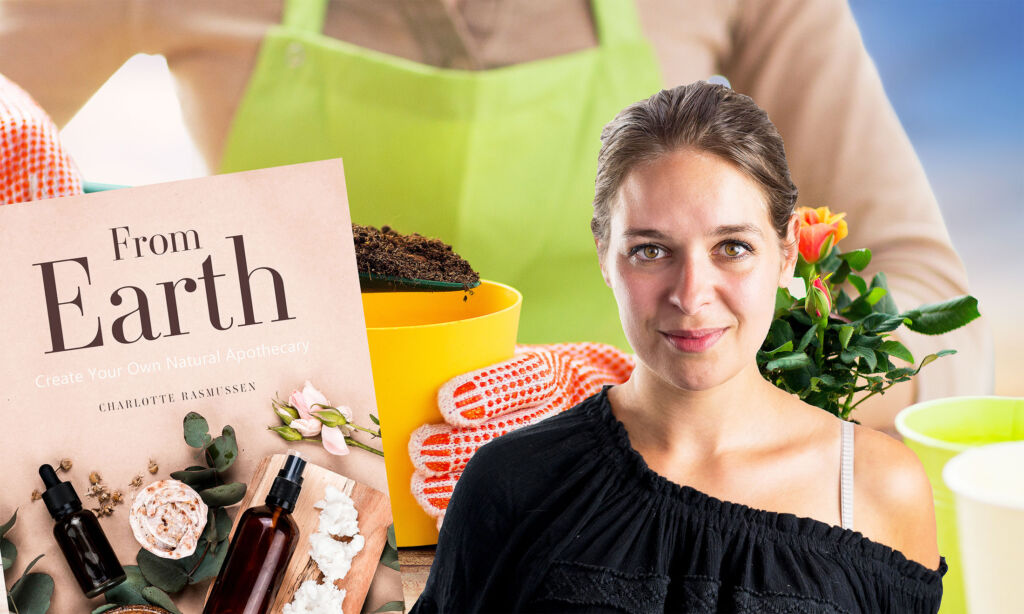
Charlotte Rasmussen is the author of From Earth: A Guide to Creating a Natural Apothecary and an expert on growing beneficial plants at home. In this guide, she explains what some easy-to-grow varieties offer and how you can use them to create your own sustainable medicine.
Sustainability is at the forefront of many minds, with many large companies and organisations having to change their practices to ensure they do less harm to the environment. In addition to companies changing how they operate, people’s views are also evolving.
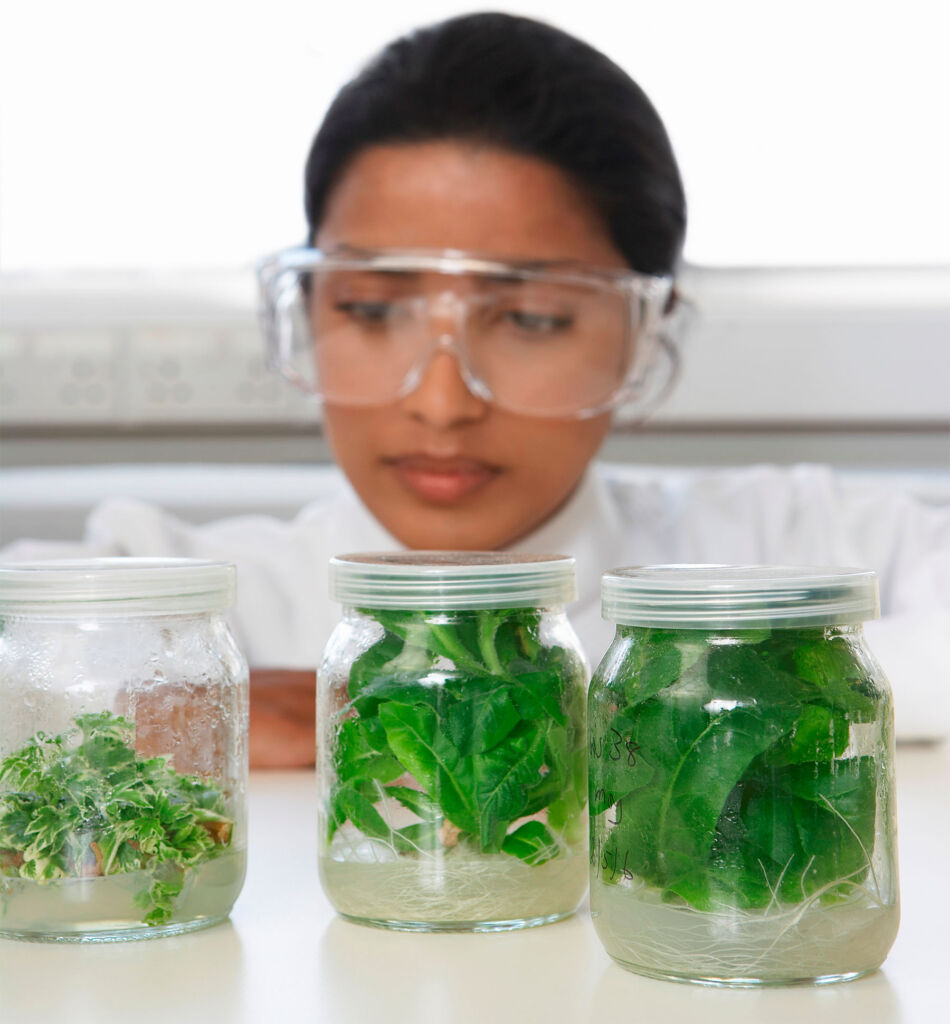
In previous years, there’s been an almost unwavering faith in pharmaceutical companies, but the political sway “Big Pharma” seems to have with governments, and the feeling that the industry is focused on profits and creating revenue streams is causing more to look for alternative ways to keep their bodies healthy.
Mother Nature has, for millennia, provided all that people need, and this, combined with chemicals in the body and the placebo effect, has been enough to keep health issues in check. One of the reasons why mainstream organisations/bodies are less than enthusiastic about people growing their own apothecary is it isn’t taxable and doesn’t generate profits.
Nature never ceases to amaze, and one of its finest creations constantly being discussed is fungi, particularly mushrooms with the psilocybin chemical compound inside. The chemical is in around 200 mushroom species, and ongoing research shows it to be somewhat of a miracle cure.
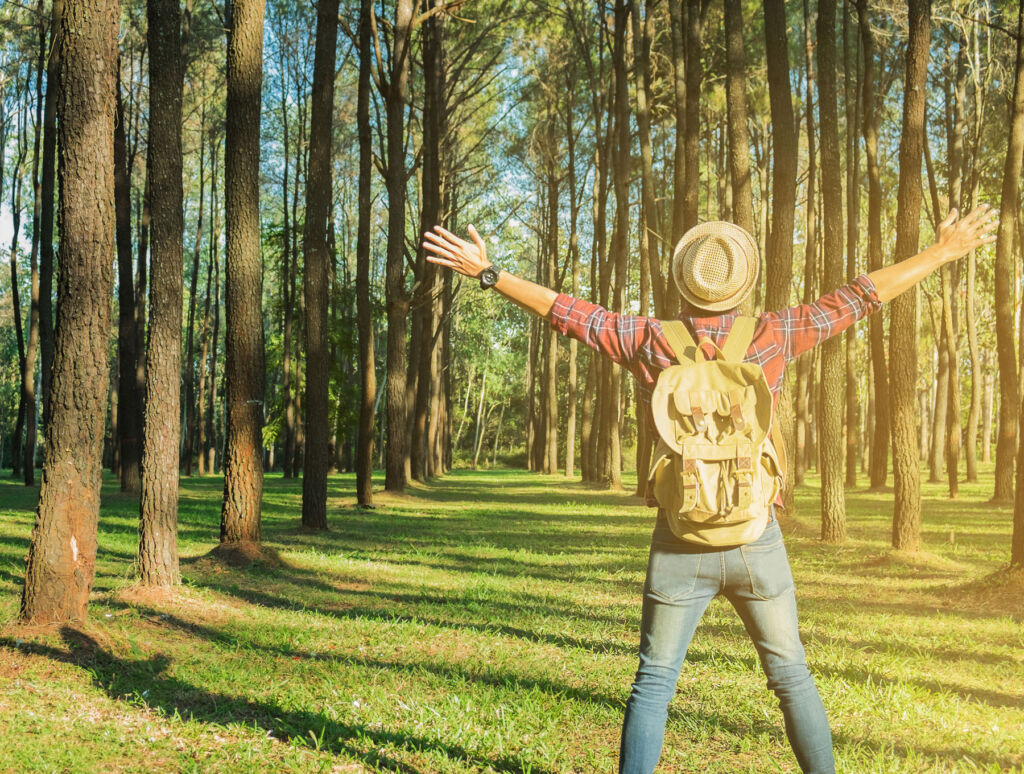
Although they naturally grow in forests worldwide, countries such as the UK have criminalised their use, even though science has shown them to be non-addictive and harmless. It seems incredibly hypocritical that people cannot benefit from them in their free natural form while, at the same time, pharmaceutical companies are frantically conducting trials to find ways to bring their benefits into the mainstream in a paid-for, packaged format.
Fortunately, the world has people like Charlotte Rasmussen, who is happy to share her knowledge on how you can grow your own medicine naturally from your home.
Charlotte says, “Gardening can be a hobby, a passion or, to some, a real way of life. We can all live our day-to-day in a more healthy and sustainable way by using what our garden can provide, even if we only have a windowsill to work with. When I started, I was immediately drawn to planting multiple vegetable beds and fruit trees, but as the years have gone on, I have also turned my little plot into my medicinal haven.
It is incredibly easy to grow your own little apothecary once you understand what plants can help with what, and you will be surprised by just how easy and satisfying it is.”
These are Charlotte Rasmussen’s top three plants which she frequently uses in her garden:
1). Nettle
Charlotte says, “Nettle is by far one of my favourite plants. If you can get past the stinging leaves and not let it take over your garden, you will soon discover that it is as good as having aloe vera growing (if not better!).”
Benefits: Nettle contains polysaccharides, which offer excellent anti-inflammatory properties. Nettle has also been shown to reduce pain in people experiencing rheumatic complaints.
Planting & Harvest: If you are going to grow it, ensure you plant it in pots separately from anything else you have so it doesn’t take over your garden. Harvest it with gloves to ensure you don’t get stung by the stinging leaves.
Usage: You can use it fresh by scrunching up the leaves and rubbing it straight onto skin bites, rashes and other skin inflammations or dry it and use it as a herbal tea for its soothing effects on the intestines.
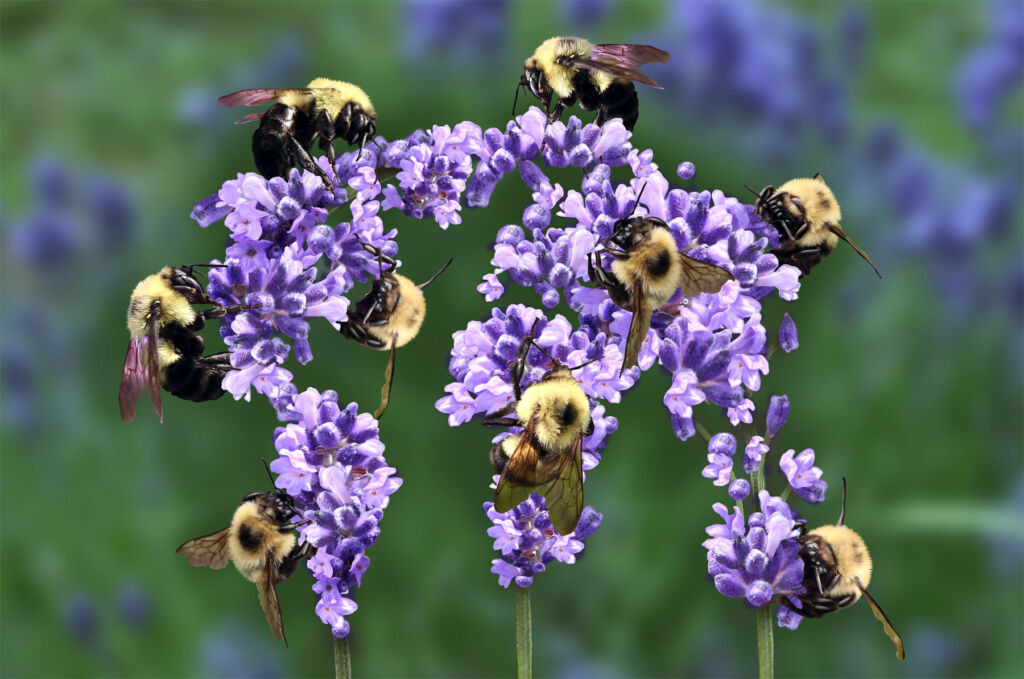
2). Lavender
Charlotte says, “Most keen gardeners already have lavender growing somewhere. It is incredibly easy to grow. It’s beautiful, has a gorgeous scent and attracts many bees to your garden, so it should belong in everybody’s garden!”
Benefits: Lavender contains the compounds linalool and linalyl acetate, which are believed to reduce irritability and slow nerve impulses when absorbed through the skin or mucous membranes. Lavender also helps treat stress, anxiety, and insomnia, amongst other things.
Planting & Harvest: Lavender is incredibly easy to grow, whether you are planting it in pots or straight into your plot. It is also very forgiving and will most likely flourish in English weather without needing a lot of attention. You will just continue to see this beautiful little bush grow larger and larger.
Usage: Once lavender has flowered and is about to die back again, cut the flowers off separately as you are pruning the bush. Leave them out to dry, and then use the dried lavender flowers in heat packs, tea, cooking, and so much more. I personally love leaving a little cotton bag of lavender under my pillow to help reduce stress and give me a good night’s sleep. It also leaves my linen smelling beautiful.
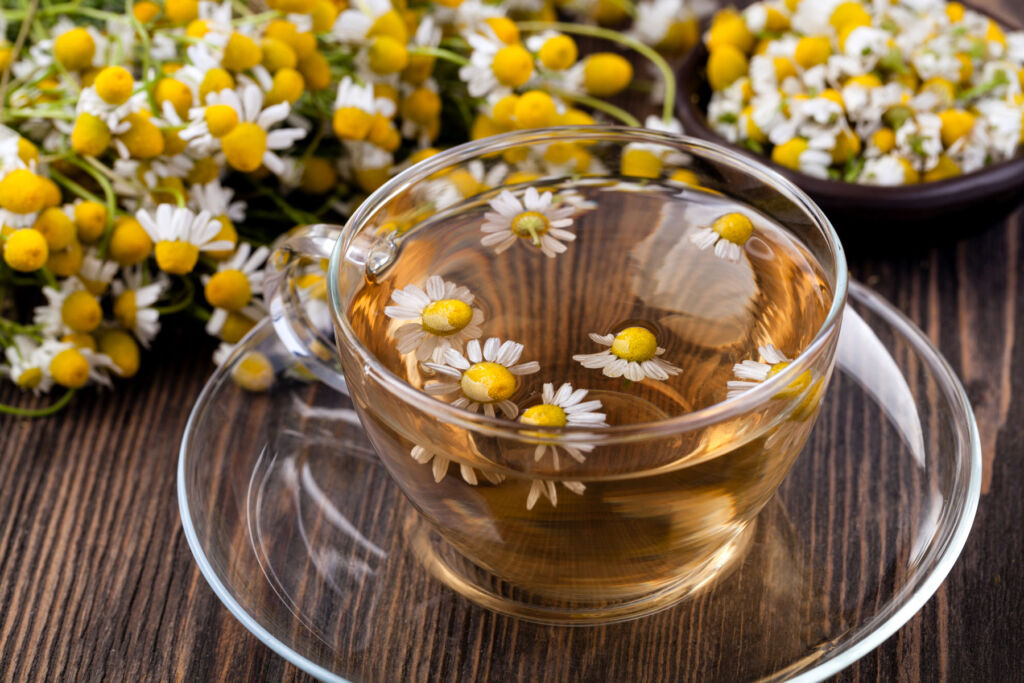
3). Chamomile
Charlotte says, “When I was growing up, we would have chamomile tea with honey whenever we were coming down with a cold. If you have children, they would love to get involved by picking all the beautiful little flowers and spreading them out to dry on the lawn.”
Benefits: Chamomile has anti-inflammatory, antibacterial, antifungal, and antiseptic properties. This miracle flower is known in Germany by the phrase, “capable of anything”, which says it all really.
Planting & Harvest: If you don’t already have chamomile in your backyard, you can easily purchase chamomile seeds online or at your local plant nursery. I like the lawn chamomile, which I spread all over the lawn, although you could just as easily grow it in a little pot on the windowsill. The flowers are very pretty.
Usage: Pick the flowers and use them fresh or dry to make medicinal tea. You can also make a soothing and healing oil infusion by adding the dried flowers to any carrier oil such as jojoba or almond oil.
Charlotte Rasmussen is the author of From Earth: A Guide to Creating a Natural Apothecary, published by Rockpool Publishing and priced at £18.99.
(Book image)
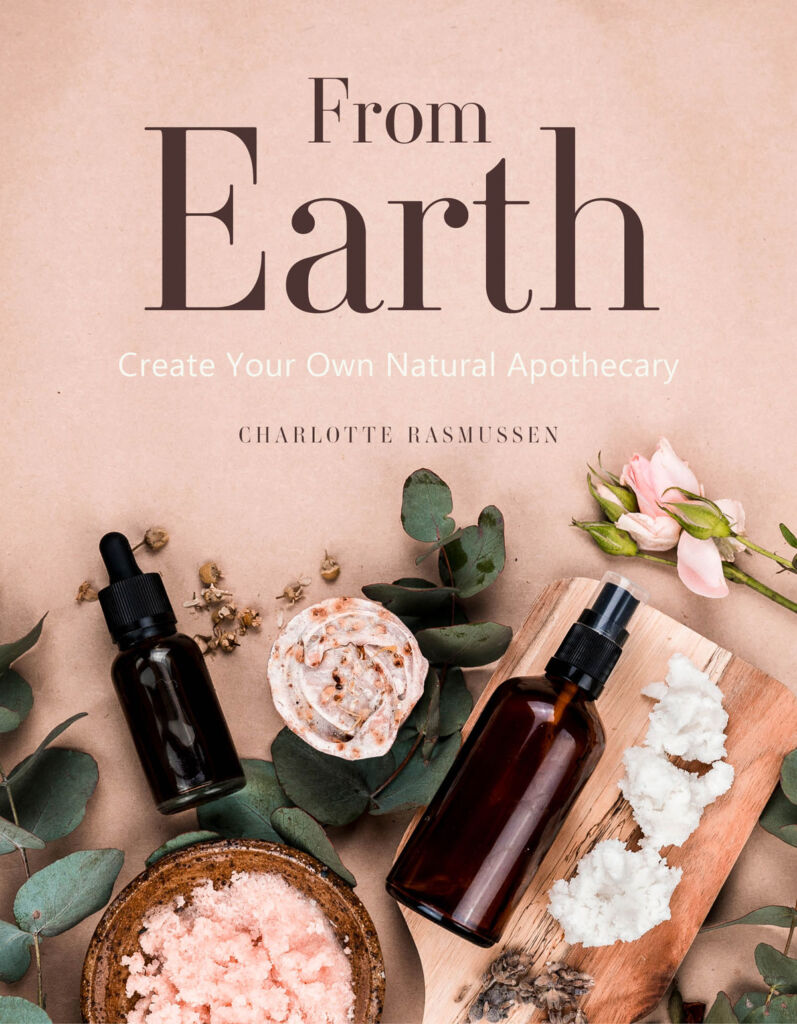
Read more health guides and features here.
![]()


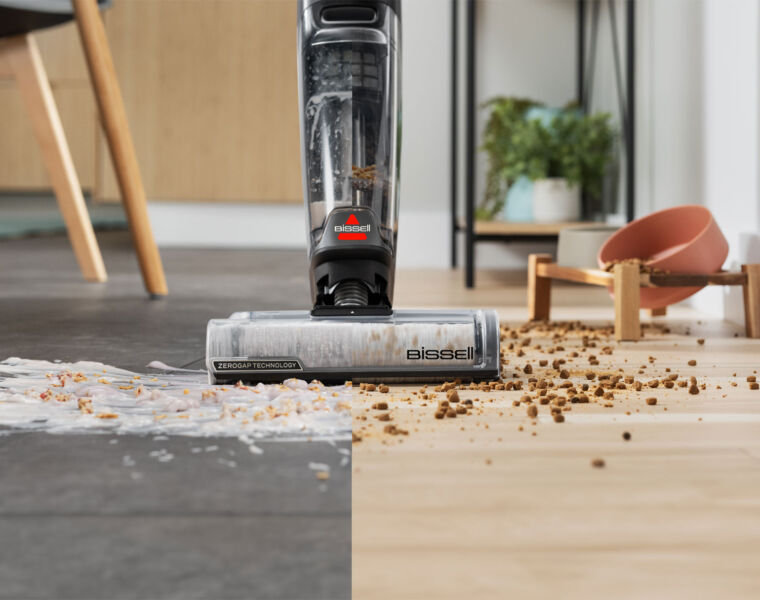

You must be logged in to post a comment.